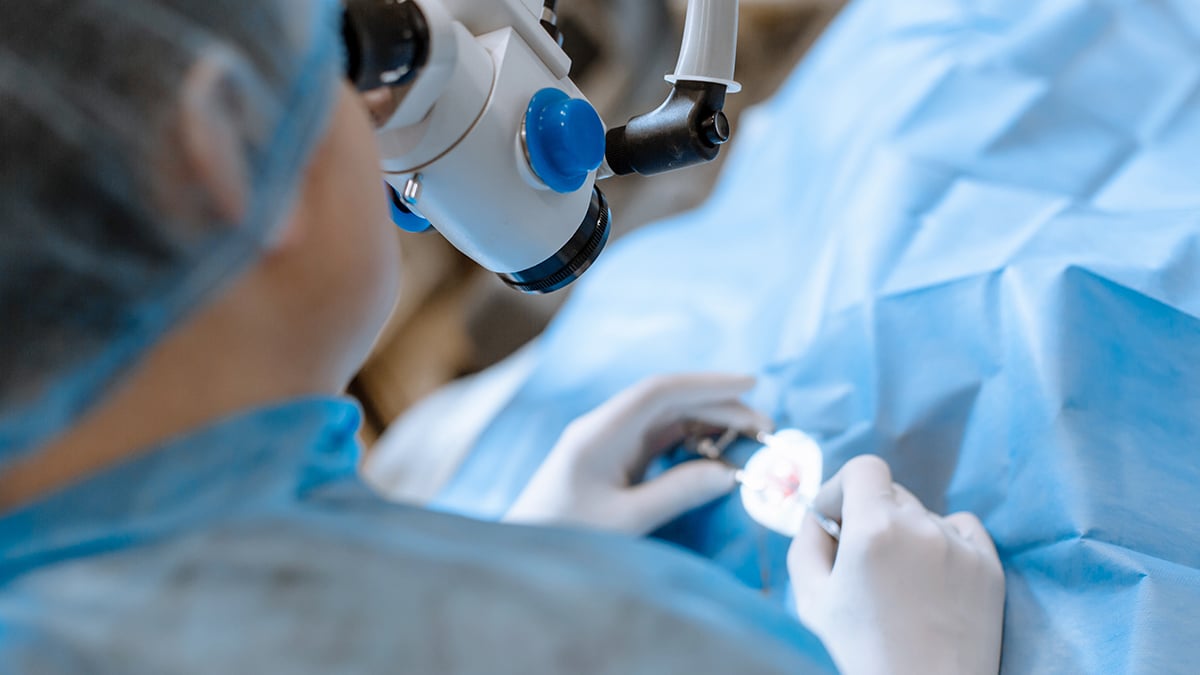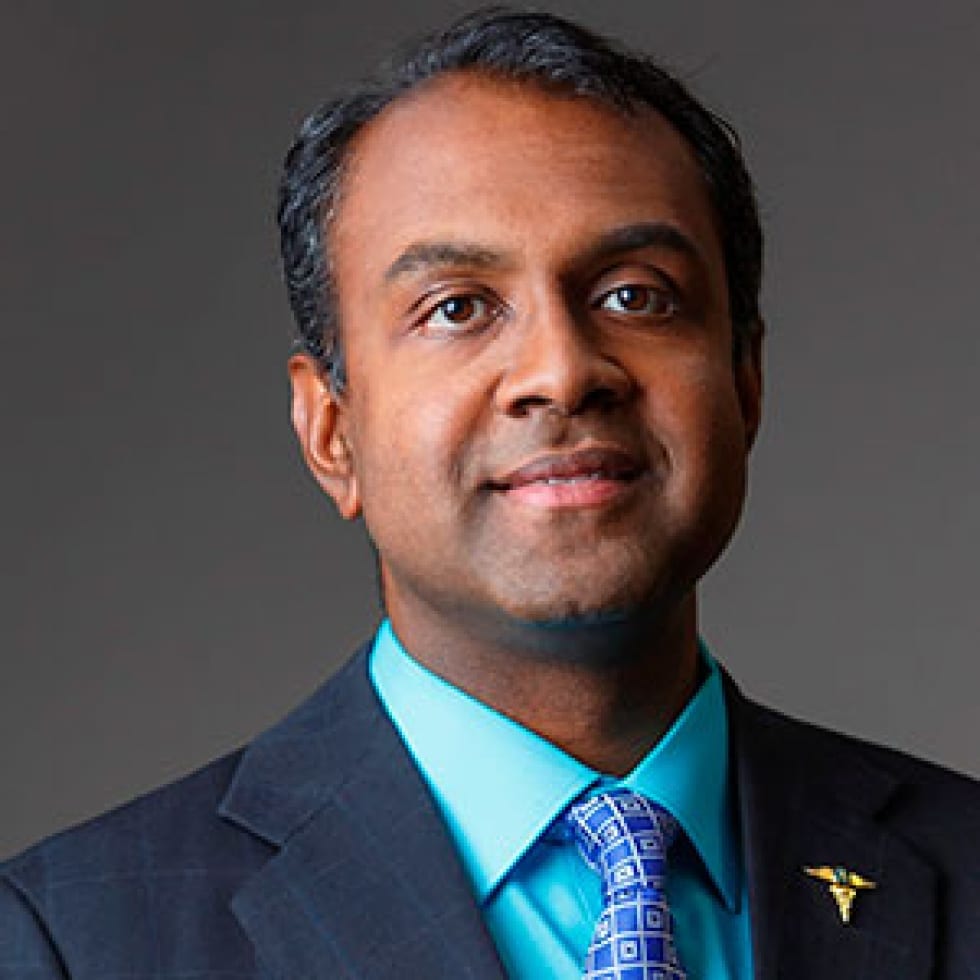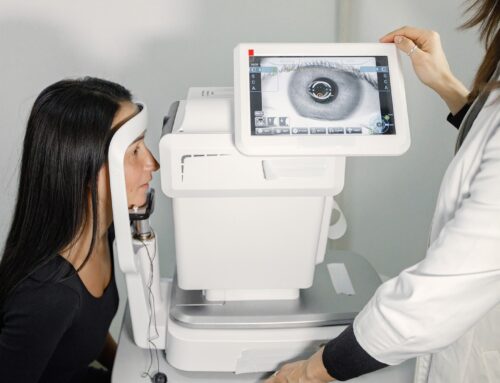The following ‘Surgeon’s Prespective’ article is written by Dr. Bala Ambati from Pacific ClearVision Institute. Dr. Ambati is recognized as one of the leading ophthalmologists and vision correction specialists in the world. Notably, he earned his MD at the age of 17, making him the world’s youngest doctor, a remarkable accomplishment.
LASIK was first FDA-approved for vision correction in 1998 and has been the most common vision correction procedure for patients between age 18-55 in the decades since. After completing my residency in 2001 and cornea fellowship in 2002, it has been an honor and privilege to help thousands of patients achieve visual freedom from glasses or contact lenses, and participate in a dynamic field where the options for vision correction have blossomed.
LASIK involves creation of a protective cornea layer by a femtosecond-laser followed by excimer-laser reshaping of the corneal stroma to remove nearsightedness (upto 8.5 diopters), astigmatism (upto 5 diopters), or farsightedness (upto 5 diopters). Candidacy for LASIK involves a careful evaluation including eye exam, high-resolution topography and tomography scans of corneal shape and thickness, and assessment of medications & systemic history and dry eye. For patients who are good candidates, LASIK is a wonderful procedure with outstanding results in safety, efficacy, and long-term patient satisfaction.
LASIK involves creation of a protective cornea layer by a femtosecond-laser followed by excimer-laser reshaping of the corneal stroma to remove nearsightedness (upto 8.5 diopters), astigmatism (upto 5 diopters), or farsightedness (upto 5 diopters). Candidacy for LASIK involves a careful evaluation including eye exam, high-resolution topography and tomography scans of corneal shape and thickness, and assessment of medications & systemic history and dry eye. For patients who are good candidates, LASIK is a wonderful procedure with outstanding results in safety, efficacy, and long-term patient satisfaction.
For patients who are not LASIK candidates, there are now several other vision correction options to consider. SMILE (approved in 2016) is a procedure where we can treat nearsightedness (upto 10 diopters) and astigmatism (upto 3 diopters) through a keyhole incision (no flap involved), which can be beneficial for patients with pre-existing dry eye (as fewer corneal nerves have to recover after the procedure) or patients who are first responders, mixed martial artists, or military service members. ICL (intraocular contact lenses) can allow treatment of patients upto age 48 with up to -20 diopters of nearsightedness (very high myopia) as well as patients who have thin corneas which exclude LASIK or SMILE.
For patients over 45 who may be experiencing focusing dysfunction (difficulty changing focus from far to near, incurring the need for bifocals or progressives), custom lens replacement with multifocal lenses or the light-adjustable lens (LAL) can be a great option. The LAL allows in-office UV light-guided modifications of intraocular lenses after surgery, and can be very helpful for patients with corneal scarring, prior radial keratotomy, and/or those who are used to monovision (one eye distance, one eye near), and allows customized refinement of the LAL based on the patient’s desires. Astigmatism correction, multifocal lenses, and LALs are also options for patients with cataracts (which typically occur between age 55 to 80).
For patients with keratoconus (thinning of the cornea due to weakness of the collagen), corneal strengthening procedures with Intacs (intracorneal acrylate support rings) and collagen crosslinking can be options to stabilize the disease, reduce astigmatism, and allow subsequent vision correction with contact lenses or ICLs.
Dependence on glasses or contacts pose not just expense and inconvenience but also risk. Contact lenses dramatically increase risk of vision-threatening corneal infections (especially if patients sleep in their lenses, don’t clean them, or wear them all day, compromising oxygen supply to the cornea). Bifocals and progressive glasses increase risk of falls and hip fractures in later life.
At PCVI, we pride ourselves on offering patients Personalized Care for Visual Independence. If you’d like to learn more about what options might be best for you, please contact us at info@pcvi.com or 541-343-5000







